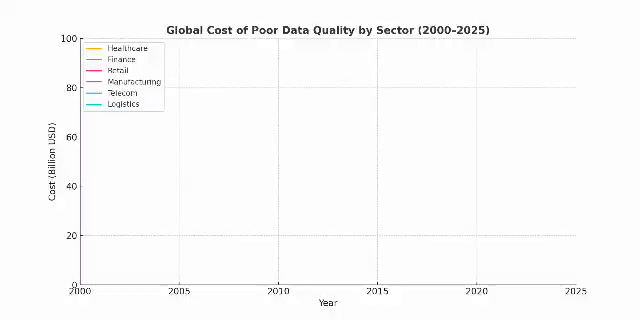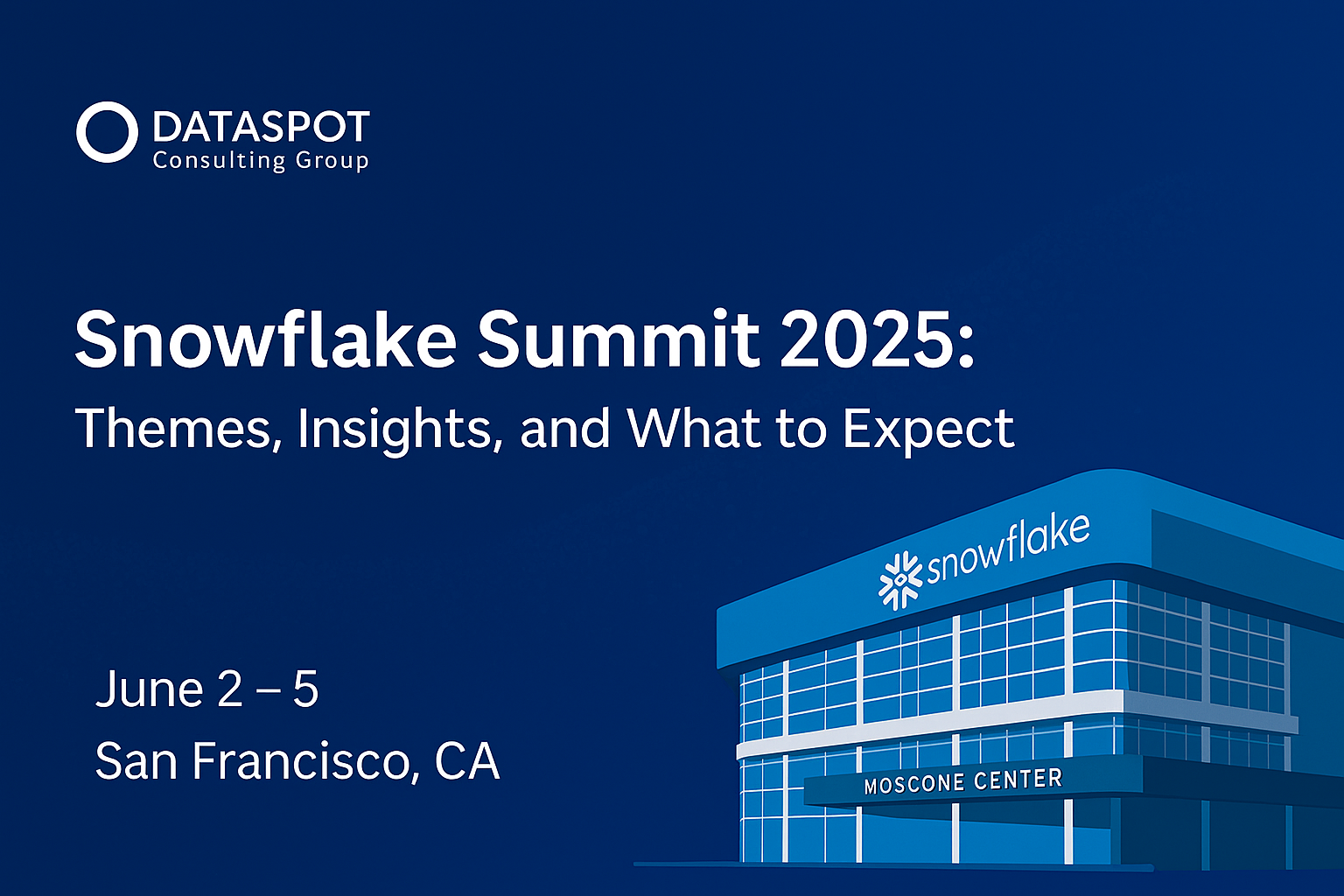Integrating External Data Lakes with Microsoft Fabric: The Shortcut Advantage
Managing cross-platform data estates is one of the biggest obstacles to unified data governance in multi-cloud enterprises. Microsoft Fabric OneLake Shortcuts address this challenge by enabling virtualized, no-copy access to external storage systems like Amazon S3 and Azure Data Lake Gen2. At Dataspot, we see this as a critical enabler for CIOs and data leaders looking to modernize without disrupting existing data architecture.
What Are Microsoft Fabric OneLake Shortcuts?
Shortcuts are metadata pointers within Microsoft Fabric’s OneLake that allow data to be accessed from external locations without duplication. These act like symbolic links—making cloud-native data sources appear and behave like local OneLake files across Power BI, Spark, SQL, and Real-Time Analytics.
🔗 Microsoft Fabric Documentation on Shortcuts
Supported External Data Sources for OneLake Integration
Currently, OneLake supports the following shortcut targets:
| Source Type | Compatibility Level |
|---|---|
| Amazon S3 | ✅ Supported (Token-based auth) |
| Azure Data Lake Gen2 | ✅ Supported (RBAC / OAuth) |
| Google Cloud Storage | 🔜 Coming Soon |
Architectural View of Shortcut Integration

How Shortcuts Work: Under the Hood
Each shortcut in OneLake creates a logical reference to an external file system, treated as native by Fabric workloads. Key technical points:
- Path URI Format:
https://onelake.fabric.microsoft.com/{workspace}/Shortcuts/{external-container} - Protocol Translation: OneLake handles protocol translation between OneLake’s delta-aware access and native storage layer APIs (S3, ADLS).
- Access Control: Inherits workspace-level identity via Microsoft Entra, enforcing fine-grained, zero-trust permissions across source and virtual targets.
- Read Performance: Metadata is cached within OneLake, improving latency for analytical workloads and report generation.
Enterprise Use Case: Multi-Cloud Data Federation
Challenge: A multinational energy firm hosted IoT sensor data in S3, financial records in ADLS, and wanted to centralize insights in Power BI.
Dataspot Solution:
- Implemented OneLake Shortcuts across both cloud buckets
- Unified querying in Synapse and Power BI
- Enforced domain-based access via workspace mapping
Results:
- Reduced data duplication by 85%
- Improved dashboard load time by 38%
- Maintained existing security frameworks (no migration downtime)
Best Practices for Implementing OneLake Shortcuts
1. Align Shortcuts with Fabric Workspaces
Each shortcut should reside in a logically mapped workspace to isolate domains (e.g., Finance, Engineering, Ops).
2. Use Standard Naming Conventions
Standardize shortcut paths and metadata tagging to simplify automation and lineage tracing.
3. Monitor via Fabric APIs
Leverage Fabric’s REST API and CLI tools to monitor shortcut health, access patterns, and performance metrics.
Why This Matters for CIOs and CDOs
| Role | Strategic Benefit |
|---|---|
| CIO | Avoid costly data migration while unifying analytics |
| CTO | Enable real-time processing of external data across BI/ETL |
| CDO | Maintain control and auditability of hybrid data pipelines |
Related Services from Dataspot
Want Shortcut-Based Fabric Architecture?
Let Dataspot help you design, implement, and optimize Microsoft Fabric OneLake Shortcuts for seamless cross-cloud data strategy.
Social Channels
Stay connected with us for more enterprise insights:
🔗 LinkedIn
🔗 X (formerly Twitter)
🔗 Medium








Leave a comment